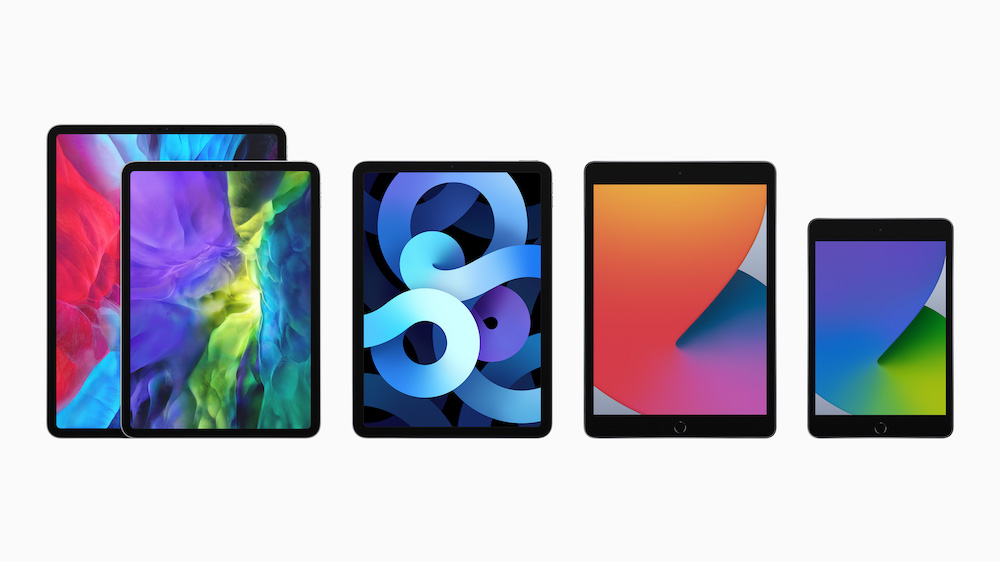Why iPad Pro still makes sense now iPad Air is here

The star of the show
With a more recent processor, USB-C and all the other improvements inside Apple’s recently-announced iPad Air 4, I’ve been trying to figure out why an iPad Pro still makes sense, and who too.
I think I’ve nailed it, and while some of the enhancements may not be immediately obvious, people at the top end of the tablet market will want to know. Here goes:
The processor and pro performance
Starting with the processor may seem a little counter-intuitive, but hear me out: The chip that’s inside the current generation of iPad Pro actually delivers better performance than the one you’ll find inside the iPad Air 4.
I can hear the consternation but please stay with me on this: The new A14 chip inside the Air is fantastic, and actually delivers some advantages in contrast to the Pro, but the A12Z Bionic processor inside the higher end device actually delivers more performance where it matters.
That is because, while the iPad Air 4 processor is more recent, is more advanced and contains unique advantages such as the improved Neural Engine, the processor design is based on a six-core CPU supported by a four-core GPU.
That’s plenty of power for loads of tasks but doesn’t quite deliver the same latent power you’ll find in an iPad Pro, in which the A12Z Bionic chip delivers an eight-core CPU and eight-core GPU. This gives the pro tablet an edge for the kind of tasks pro users need, principally around handling complex tasks that benefit from those additional cores, such as video editing and intensive graphics challenges such as handling multiple layers within an image. In other words, the Pro remains a better device for pro workflows.

Graphics artists like it to feel natural and fast
The refresh rate and Apple Pencil latency
Another difference is that the variable refresh rate on the iPad Pro can reach 120Hz, thanks to Pro Motion. That means you can reduce Apple Pencil latency by half because you are sampling signals from the writing implement faster and drawing them more swiftly, too. I can’t recall the exact data on this, but think the experience is about twice as fast. This may not make much difference to you or I using the Pencil for drawings and simple notes, but can be a friction point for a dedicated creative trying to churn out world-class creative to deadline.
There are other points of difference. The Pro delivers a LiDAR scanner and a dual camera system. It offers five studio quality microphones and four speakers in contrast to two on the new ‘Air. There are other differences, such as the 1TB top storage the Pro delivers which no one who doesn’t use one professionally will use, and the fact that the Pro is also 20% brighter (600nits v. 500nits), too.

Erm, so erm what?
So, should you buy a Pro, or an Air? My thinking is that iPad Air is absolutely now the best Apple tablet for most of us, delivering great performance value at a cost that may not cause too much gnashing of teeth; but if you want a machine that’s fast and really has been custom-built for pro workflow, the Pro remains the device to seek. At the same time, Air delivers close to it and should make you happy.
I am a little puzzled by the processor thing, by the way. While the scenario I describe seems a true account today, I do think the future remains to be written and I’m relatively convinced that while the respective chip architectures have differences, it’s not so hard for me to imagine Apple finding ways to soup up the basic design (A12, A12 X, A12Z, for example) for different configurations. Even for a Mac.
Please follow me on Twitter, or join me in the AppleHolic’s bar & grill and Apple Discussions groups on MeWe.




